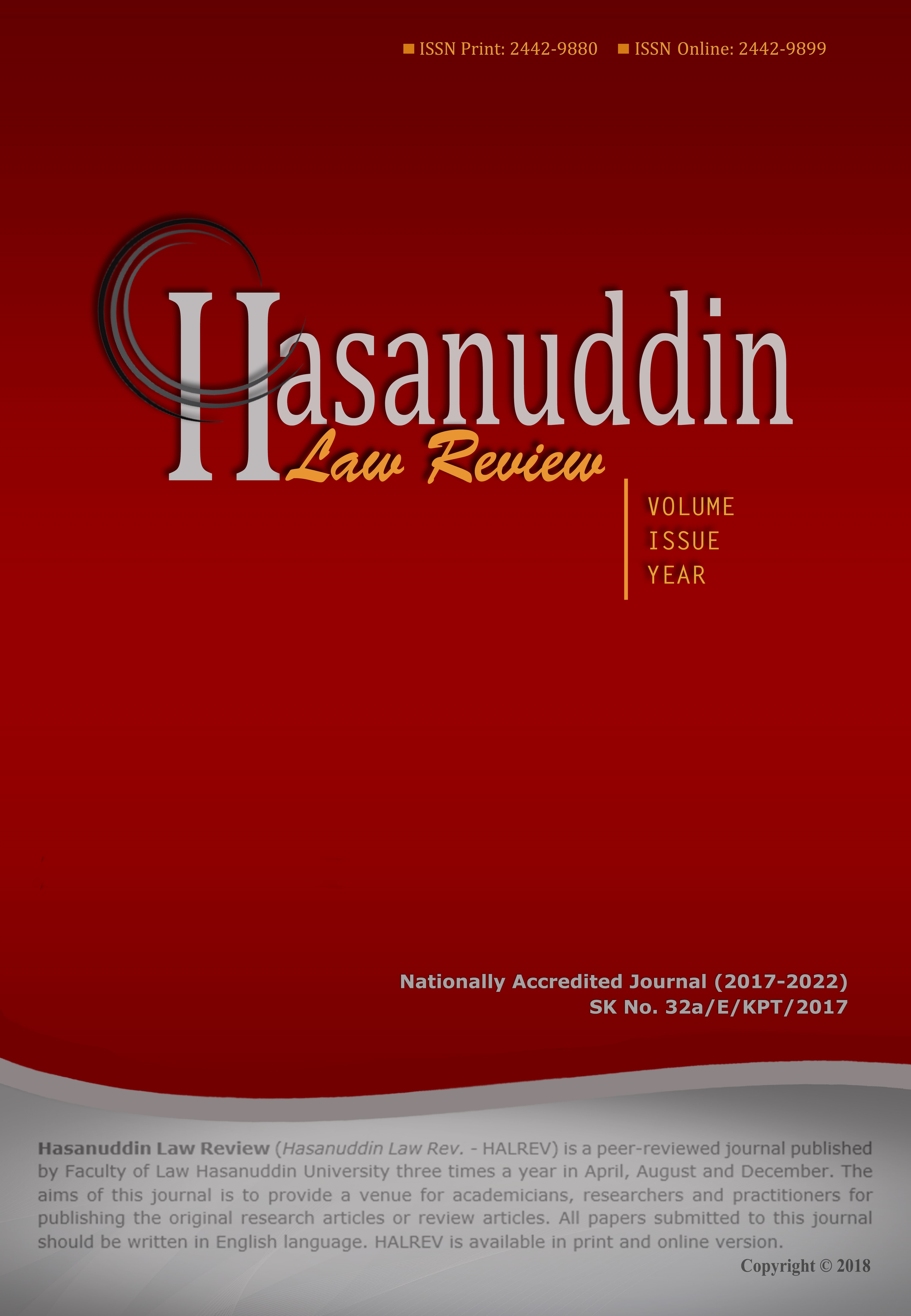Abstract
The United Nations Framework Convention on Climate Change also known as the Kyoto Protocol has set up a framework to reduce carbon emission. The environmental issue is also being addressed at the international aviation sector through the International Civil Aviation Organization’s resolutions. As an international organization sui generis, the European Union (EU) has decided to take up a further step with the enactment of the EU Emissions Trading Scheme. The latter has obliged both EU and non-EU airlines to comply with its ambitious goal controlling aviation emissions. However, the legal framework had triggered international objections from legal perspective due to infringement towards the Chicago Convention of 1944 and the international customary law principles. Considering of the nature of the Association of South East Asian Nations (ASEAN) as an international organization without a supranational law order; as well as recent developments in regards to legal framework on emissions, the future of ASEAN skies from an environmental perspective seems uncertain. However, if ASEAN Emissions Trading Scheme shall take place, they should learn from the EU Emissions Trading Scheme past mistakes and the International Civil Aviation Organization resolutions to prevent non-discrimination towards non-ASEAN member states’ airlines from happening.
Authors who publish with this journal agree to the following terms:
- The journal holds the copyright for each article published with work licensed simultaneously under a Creative Commons Attribution 4.0 International License, which allows others to share the work with an acknowledgment of the authorship and early publication of the work in this journal.
- Authors must agree to the copyright transfer agreement by checking the Copyright Notice column at the initial stage when submitting the article.


